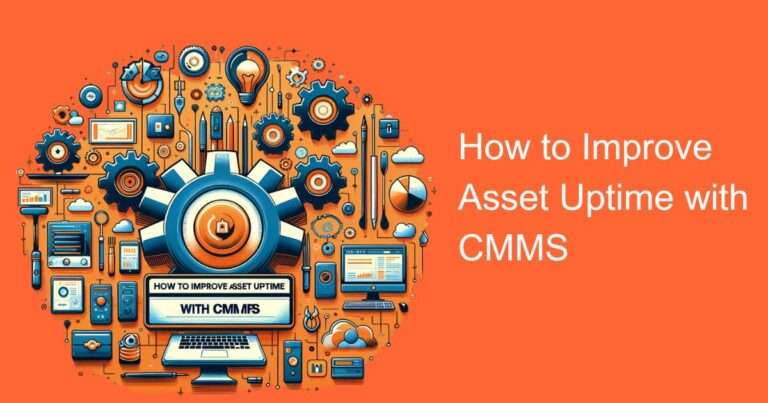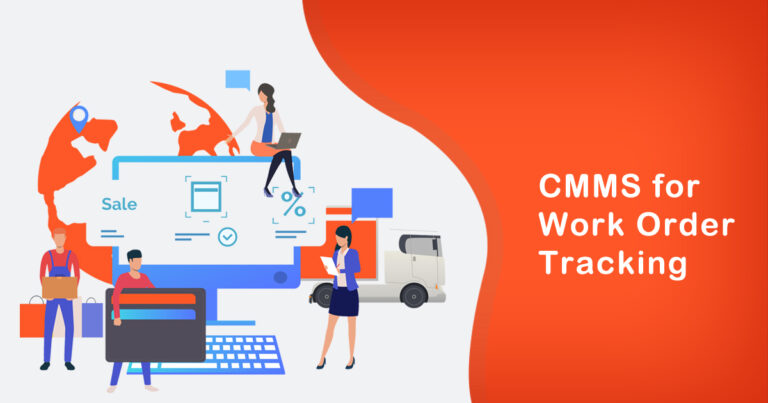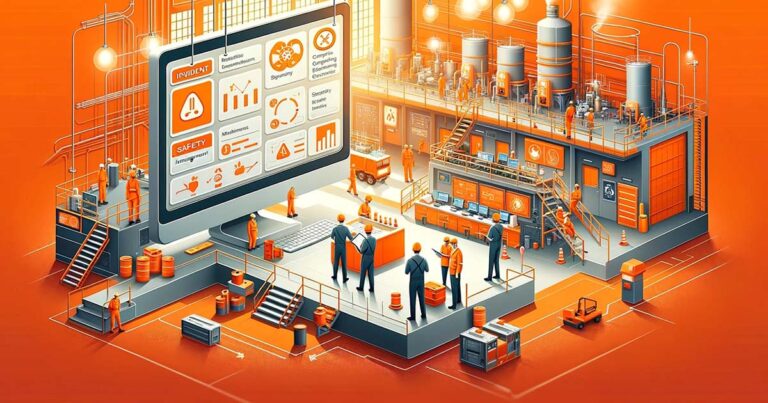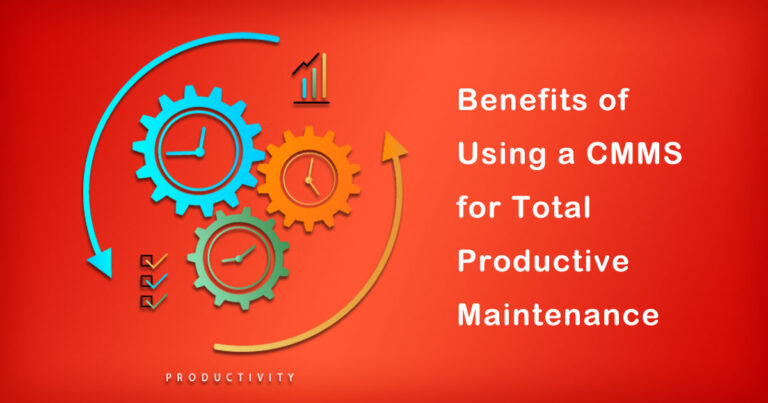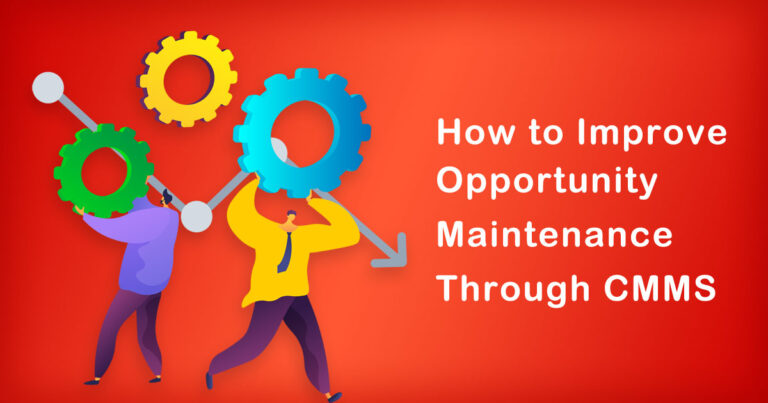Maintenance management can be a daunting task for companies with numerous assets to keep track of. For instance, in the Indian context, manufacturing, construction, and transportation companies rely heavily on asset management to ensure efficient operations. In the past, this was often achieved through manual record-keeping, which was time-consuming and prone to errors. However, with the advent of Computerized Maintenance Management Systems (CMMS), asset tracking has become more efficient, accurate, and cost-effective. In this blog, we will explore the benefits of using a CMMS for asset tracking in the Indian context.
What is a CMMS?
A CMMS is software that is designed to help organizations manage their maintenance operations. It allows companies to track assets, schedule maintenance activities, and monitor inventory levels. With a CMMS, companies can manage all their maintenance activities in one central location, reducing the need for manual record-keeping and improving operational efficiency.
Benefits of Using a CMMS for Asset Tracking
Improved Asset Visibility
One of the key benefits of using a CMMS for asset tracking is improved visibility of assets. A CMMS allows companies to track their assets in real-time, making it easier to monitor their status, location, and condition. This helps companies make informed decisions about maintenance activities, such as when to schedule preventive maintenance or when to replace assets that are nearing the end of their useful life.
Increased Asset Lifespan
Proper maintenance is crucial to increasing the lifespan of assets. With a CMMS, companies can schedule preventive maintenance activities, such as equipment inspections, lubrication, and calibration, to ensure that assets are operating at optimal levels. This helps reduce the likelihood of breakdowns and extends the useful life of assets, saving companies money in the long run.
Reduced Maintenance Costs
Maintenance costs can quickly add up for companies, particularly those with a large number of assets to manage. A CMMS can help reduce maintenance costs by enabling companies to schedule maintenance activities more efficiently. By identifying potential issues early and scheduling preventive maintenance, companies can avoid costly breakdowns and emergency repairs.
Improved Regulatory Compliance
In industries such as manufacturing and transportation, regulatory compliance is essential. A CMMS can help companies comply with regulations by ensuring that all assets are properly maintained and inspected. This reduces the risk of accidents and ensures that companies are meeting regulatory requirements.
Enhanced Inventory Management
A CMMS can also help companies manage their inventory more efficiently. By tracking inventory levels and automating the reordering process, companies can reduce the likelihood of stockouts and ensure that they always have the necessary spare parts and supplies on hand.
Conclusion
In the Indian context, where asset management is a critical component of many industries, using a CMMS for asset tracking can provide numerous benefits. From improved asset visibility to enhanced inventory management, a CMMS can help companies streamline their maintenance operations and reduce costs. As the use of technology continues to grow in India, more and more companies are likely to adopt CMMS as a way to improve their maintenance management practices.


